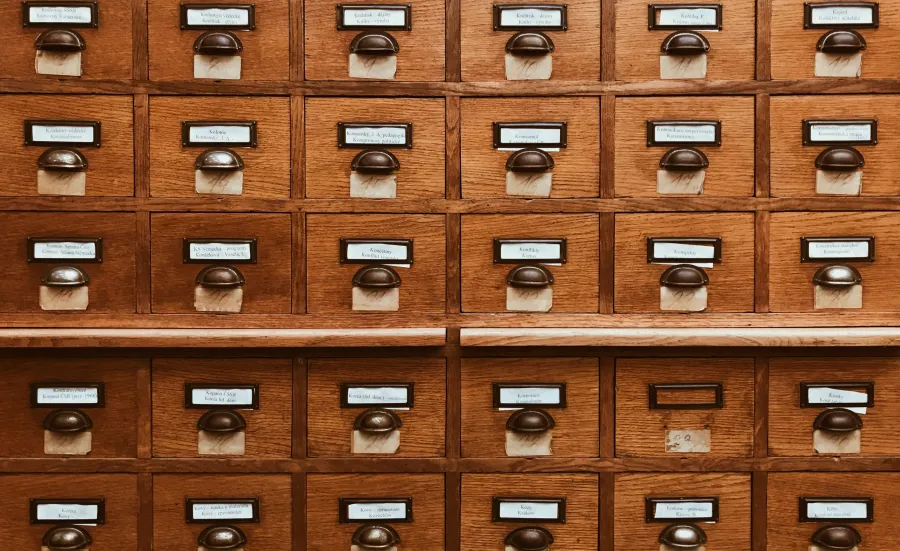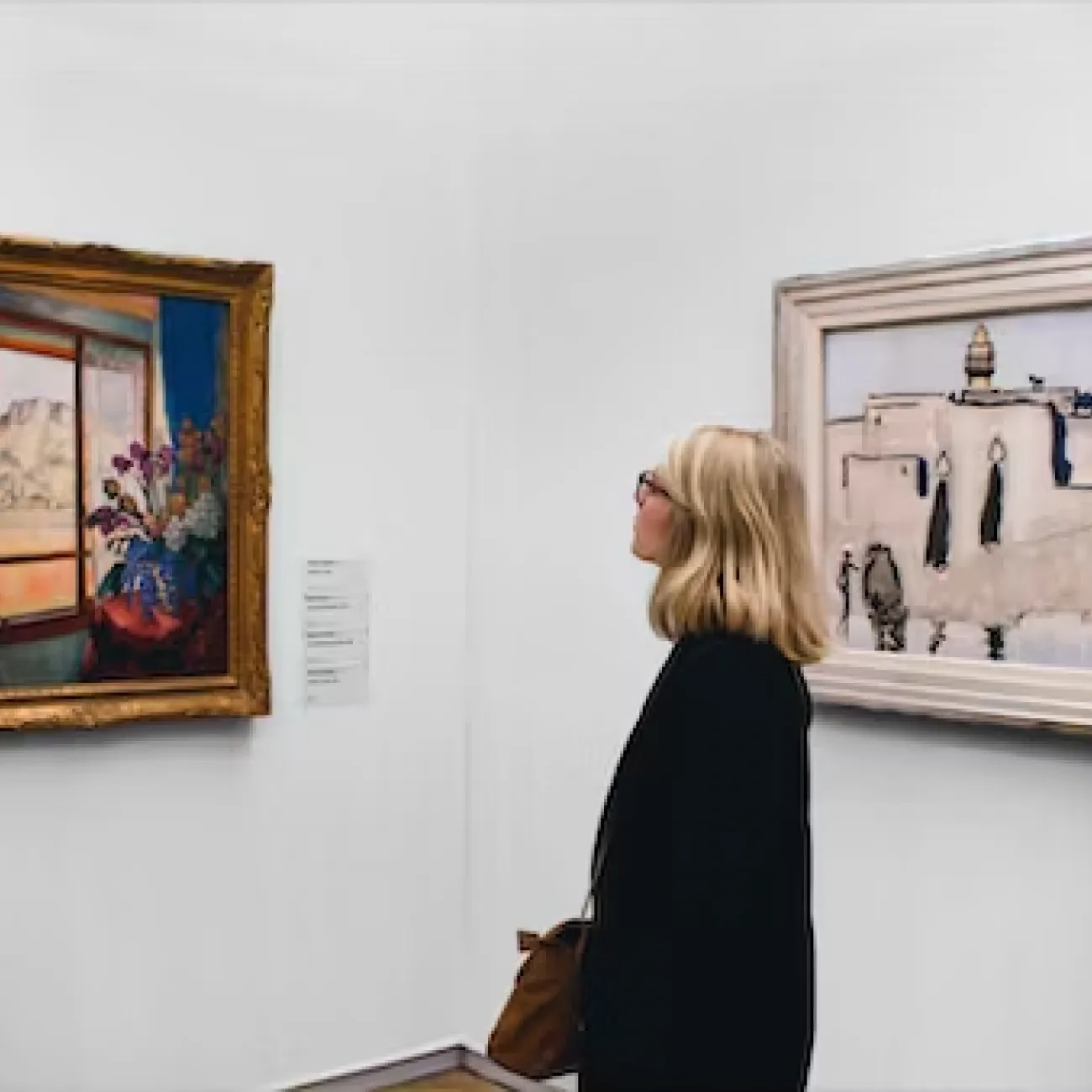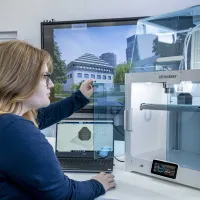In 2018, James began studying the legacies of a landmark collection, the British Library’s ‘Catalogue of Political and Personal Satires’.
This would be a uniquely challenging project. The catalogue contains 2 million words and describes over 17,000 satirical works of art.
However, over two-thirds of the entries in the catalogue were written by a single person: Mary Dorothy George, between 1930 and 1954. This allowed James and his team to study George as a “curatorial voice”, a messenger between the archived past and the digitised present.
Using close textual analysis, James looked for traces of her voice from the 1930s to the late-20th century and beyond. He looked at both printed volumes and networked digital data.
His team also used corpus linguistic techniques, where statistical analysis is applied to large pieces of text to identify linguistic patterns.
He learned that George’s descriptions are far from straightforward verbal representations of visual representations. They are a product of a voice shaped by traditions, preferences, and values.
James points to an example of this in George’s “squeamish” descriptions of explicit scenes containing “bums, faeces, and bare breasts”. By filtering these scenes, George brings her mid-20th Century social values to bear on the morally very different late-Georgian society she is describing.
This led James to think about the implications of the curatorial voice in larger legacies. He felt there was a need for research on a wider scale.







